Lecture Notes 2 PDF

| Title | Lecture Notes 2 |
|---|---|
| Author | Ali Reza |
| Course | Portfolio Theory & Management III |
| Institution | The University of Adelaide |
| Pages | 3 |
| File Size | 196 KB |
| File Type | |
| Total Downloads | 44 |
| Total Views | 129 |
Summary
Lecture note 2...
Description
Lecture Notes Week 2 Absolute required return measures the gain or loss experienced by an asset or portfolio independent of any benchmark or other standard.
Relative Required Return The relative return is the difference between the asset's return and the return of the benchmark. Absolute Risk (Volatility) Relative Risk (Tracking error): is the difference in actual performance between a position (usually an entire portfolio) and its corresponding benchmark. The tracking error can be viewed as an indicator of how actively a fund is managed and its corresponding risk level. Theoretically, an index fund should have a tracking error of zero relative to its benchmark. Enhanced index funds typically have tracking errors in the 1%-2% range. Most traditional active managers have tracking errors around 4%-7%.
Types of Risk 1. 2. 3. 4. 5.
Inflation risk Market Risk Credit Risk Manager risk Liquidity risk
Factors that impact Risk taking
Ability to take on Risk
What level of volatility would financially inconvenience the investor How much volatility may prevent reaching the long term target.
Specific risk objectives
Downside risk (no more than 10% decrease in portfolio value in any given 12 month period) Volatility (no more volatility than a pre-specified benchmark)
Factors that impact ability to take risk 1. Investment Horizon - Longer investment horizons increase the ability to take risk
a) Mathematically - While returns increase linearly over time, risk increases at decreasing rate b) Assets return to their values given adequate time - Think about the major market downturns such as the GFC, tech bubble, etc. the markets recovered fairly quickly 2. Size of Assets – larger fund sizes can take more risk than smaller fund sizes, all else being equal. a. As fund size increases, the required dollars imply a lower required return. 3. Need to take risk – based on the required returns. Higher required returns must mean higher risk portfolios
Value at Risk is a measure of the risk of loss for investments. It estimates how much a set of investments might lose (with a given probability), given normal market conditions, in a set time period such as a day.
Parametric VAR = uses the percentile formula in excel Non parametric VAR = average monthly return – 1.65(z table) * Standard deviation
Tracking error
it indicates how closely a portfolio follows the index to which it is benchmarked Theoretically, an index fund should have a tracking error of zero relative to its benchmark. Enhanced index funds typically have tracking errors in the 1%-2% range. Most traditional active managers have tracking errors around 4%-7%.
Alpha:
Alpha Is The excess return of an investment relative to the return of a benchmark index is the investment's alpha. Alpha is also a measure of risk. An alpha of -15 means the investment was far too risky given the return. An alpha of zero suggests that an asset has earned a return commensurate with the risk. Alpha of greater than zero means an investment outperformed, after adjusting for volatility.
Beta:
Beta is a measure of the volatility—or systematic risk—of a security or portfolio compared to the market as a whole Beta is a measure of volatility relative to a benchmark, such as the S&P 500 If a stock moves less than the market, the stock's beta is less than 1.0. High-beta stocks are supposed to be riskier but provide higher return potential; low-beta stocks pose less risk but also lower returns.
Vix It’s a Volatility index. It’s a real time market index representing the markets expectations for volatility over the coming 30 days. Investors use the Vix to measure the level of risk, fear, or stress in the market when making investment decision....
Similar Free PDFs

Lecture notes, lecture 2
- 3 Pages

2 - Lecture notes 2
- 5 Pages

Lecture notes, lecture Chapter 2
- 11 Pages
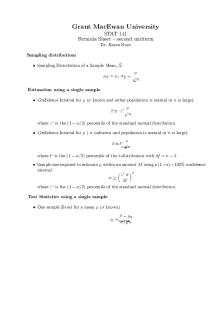
Lecture notes, lecture formula 2
- 1 Pages

2 Biodiversity - Lecture notes 2
- 33 Pages

Chapter 2 - Lecture notes 2
- 30 Pages
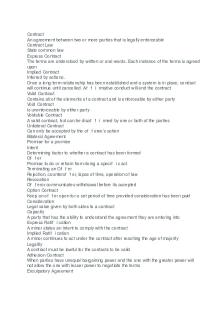
Blaw 2 - Lecture notes 2
- 4 Pages

Chapter 2 - Lecture notes 2
- 4 Pages
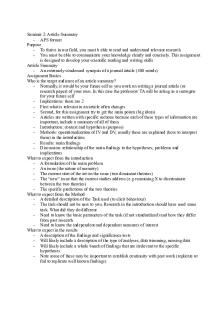
Seminar 2 - Lecture notes 2
- 2 Pages
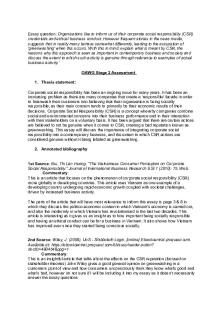
Stage 2 - Lecture notes 2
- 3 Pages
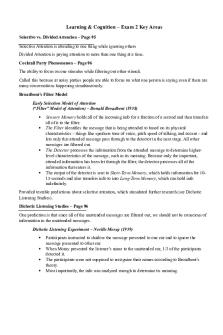
Exam 2 - Lecture notes 2
- 5 Pages

Lectia 2 - Lecture notes 2
- 3 Pages
Popular Institutions
- Tinajero National High School - Annex
- Politeknik Caltex Riau
- Yokohama City University
- SGT University
- University of Al-Qadisiyah
- Divine Word College of Vigan
- Techniek College Rotterdam
- Universidade de Santiago
- Universiti Teknologi MARA Cawangan Johor Kampus Pasir Gudang
- Poltekkes Kemenkes Yogyakarta
- Baguio City National High School
- Colegio san marcos
- preparatoria uno
- Centro de Bachillerato Tecnológico Industrial y de Servicios No. 107
- Dalian Maritime University
- Quang Trung Secondary School
- Colegio Tecnológico en Informática
- Corporación Regional de Educación Superior
- Grupo CEDVA
- Dar Al Uloom University
- Centro de Estudios Preuniversitarios de la Universidad Nacional de Ingeniería
- 上智大学
- Aakash International School, Nuna Majara
- San Felipe Neri Catholic School
- Kang Chiao International School - New Taipei City
- Misamis Occidental National High School
- Institución Educativa Escuela Normal Juan Ladrilleros
- Kolehiyo ng Pantukan
- Batanes State College
- Instituto Continental
- Sekolah Menengah Kejuruan Kesehatan Kaltara (Tarakan)
- Colegio de La Inmaculada Concepcion - Cebu



